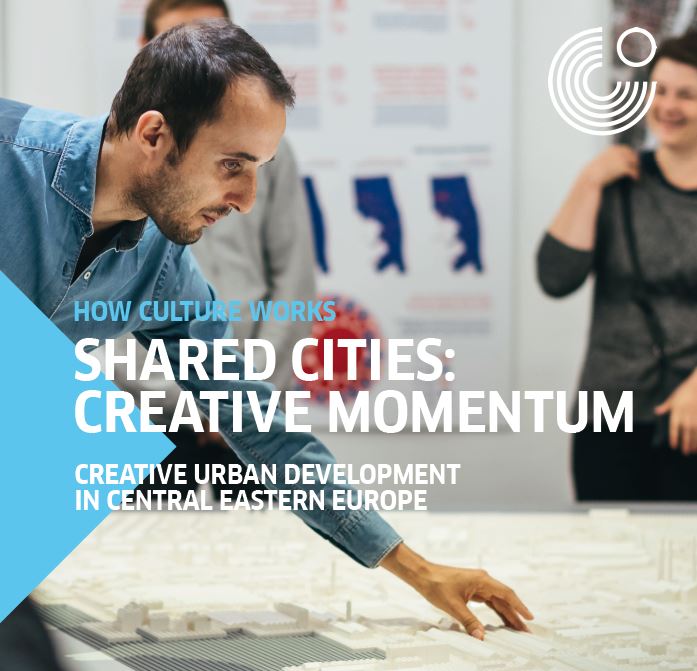
How Culture Works
"DOES EVERYTHING ALWAYS HAVE TO BE ASSESSED?" No. But when cultural work is financed with public funds, there is a necessity to evaluate.
Prague Permanent linkWhat is crucial when it comes to creating a lively public space ??? be it transforming squares, bringing unused buildings back to life or revitalizing inner courtyards? Find the answer in the interview with Jan Mazur from the Old Market Hall Alliance, Bratislava, Slovakia.
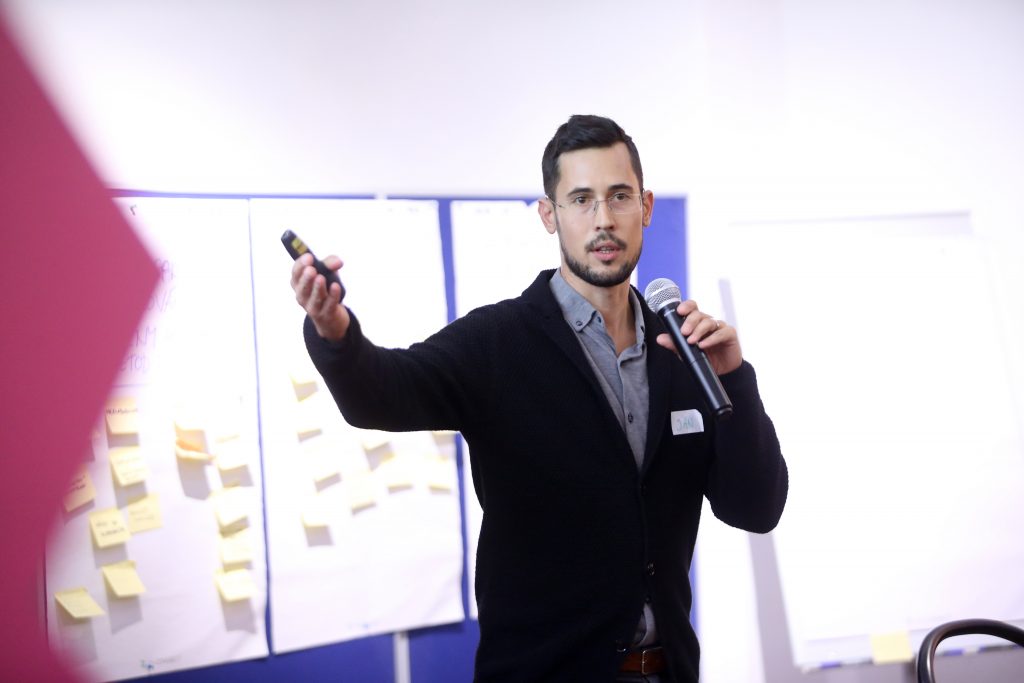
?? Jakub Stadler
+++++++++++++++++++++++++++++++++++++++++++++++++++++++++++++
By Martina Peachment Brehmer
What is crucial when it comes to creating a lively public space ??? be it transforming squares, bringing unused buildings back to life or revitalizing inner courtyards?
Firstly, I???d analyse what???s wrong with the space. Assess what does and what doesn???t work. Why is an intervention needed? Sometimes it???s not that straight-forward. Secondly, you need to know what you want to achieve – what is the objective of the revitalisation? Next question is, how do you get the mandate to change the space and who do you get it from? Public spaces or buildings tend to have a public purpose, so you need to think about how to involve their owners and related stakeholders. Also, who are the beneficiaries of the revitalization? In the case of a public space it will probably be an unknown mass of people with all their different interests. Finally, can you create a space that is multi-purpose-oriented? This approach was important for us in the Old Market Hall – we looked at the hall as a multi-functional space that could be used for all sorts of purposes – conferences, concerts, markets, private events, galas??? you name it, it could be anything. We created a space that can be transformed into whatever the audience wishes it to be on that day. Moreover, this multi-functionality allows us to finance the space from different types of functions as we use private events or sponsors to subsidize not-for-profit functions.
So, what type of stakeholders did you engage in the change process?
As preparation for our Vivid Square (Zive namestie) project, us, our architects and urban planners tried to understand what was wrong with the SNP Square in the centre of Bratislava. We identified bad administration, lack of functioning cleaning services, plenty of bushes and dark spots or illegal buildings being possibly used for illicit purposes. We also felt the need to talk not just to experts, such as architects, urban planners, but also to stakeholders – to people who have daily experience with the space. We did a lot of participatory planning to gather crowd-knowledge and, as a result, learnt that there were areas that needed more benches just so that people would have somewhere to sit down. Or places where you could put your food down to eat out in the sunshine. Another idea that came up was to install a playground for kids and their parents ??? as this type of place creates social control over an area as it claims the space for a relevant group of people.
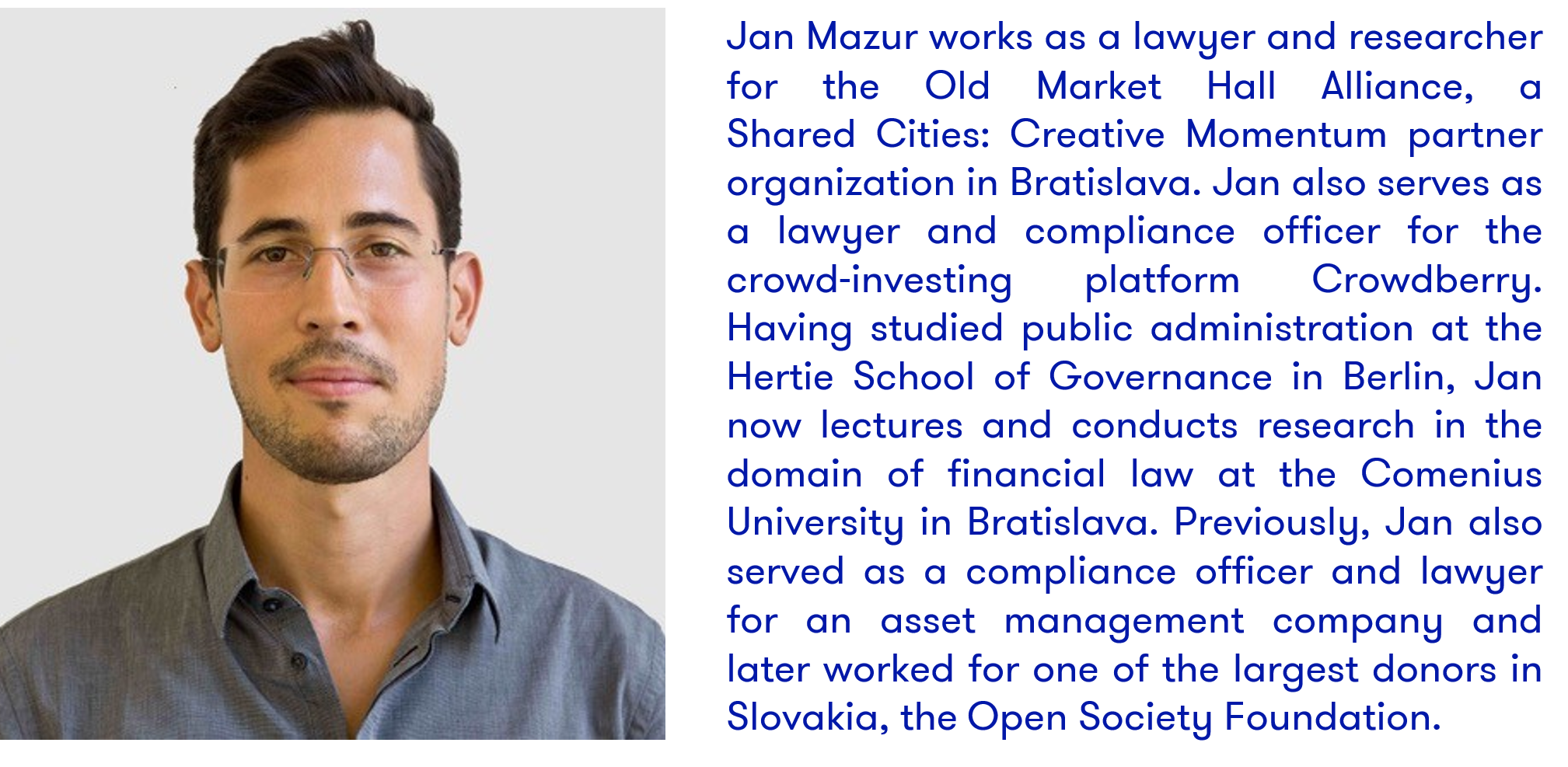
??Jan Mazur
It sounds like you got valuable feedback from different stakeholders ??? how did you get these people??interested in the participatory process in the first place?
First of all, we relied on a network of respected partners ranging from architects, urban planners to sociologists. We also have a very lively audience on Facebook with some 25.000 followers. Moreover, as we are active in the Old Market Hall on the square, we naturally share problems with many other stakeholders. To reach new partners, we created a map of the space with all the different property owners who have long-term interests in the square. We approached them and got valuable feedback from them. For most of these stakeholders it was a very natural reaction – they saw that the space was not well managed, the need to act. I honestly recommend approaching all kinds of people who have interest in or use the space and involve them in the transformation process – their knowledge can be very helpful. Of course, people have different visions, needs, experiences about what they appreciate in a space.
Based??on the transformation process of the Old Market Hall and SNP Square, what other recommendations do you have for European cities?
You need a good team. Ours consisted of eleven people from all sorts of professions and all walks of life ??? a cultural manager, a creative industries expert, a PR person, an architect, a lawyer etc. What also helped us was to talk to relevant stakeholders upfront and get their commitment to the project ??? we used a letter of interest. Dozens of embassies, corporations and other organizations signed this letter. This made us credible as we could show that these organizations want to organize their events in our Market hall and are willing to pay for it. Also, legitimacy is important ??? in our case it???s based on the fact that the Market Hall was created as a project addressing public needs on the square – not to privatize profit.
Why do you think market halls are so popular today?
Well, you can meet people while shopping and it is a different kind of space than supermarkets. Supermarkets are made to be a lonely experience where you walk and take things from the shelfs and you don???t really have to interact with other people. On the other hand, a market hall is a social occasion – you talk to the sellers, farmers – everybody is talking to everybody. Saturday markets in our Old Market Hall are 50% social occasion, 50% shopping.
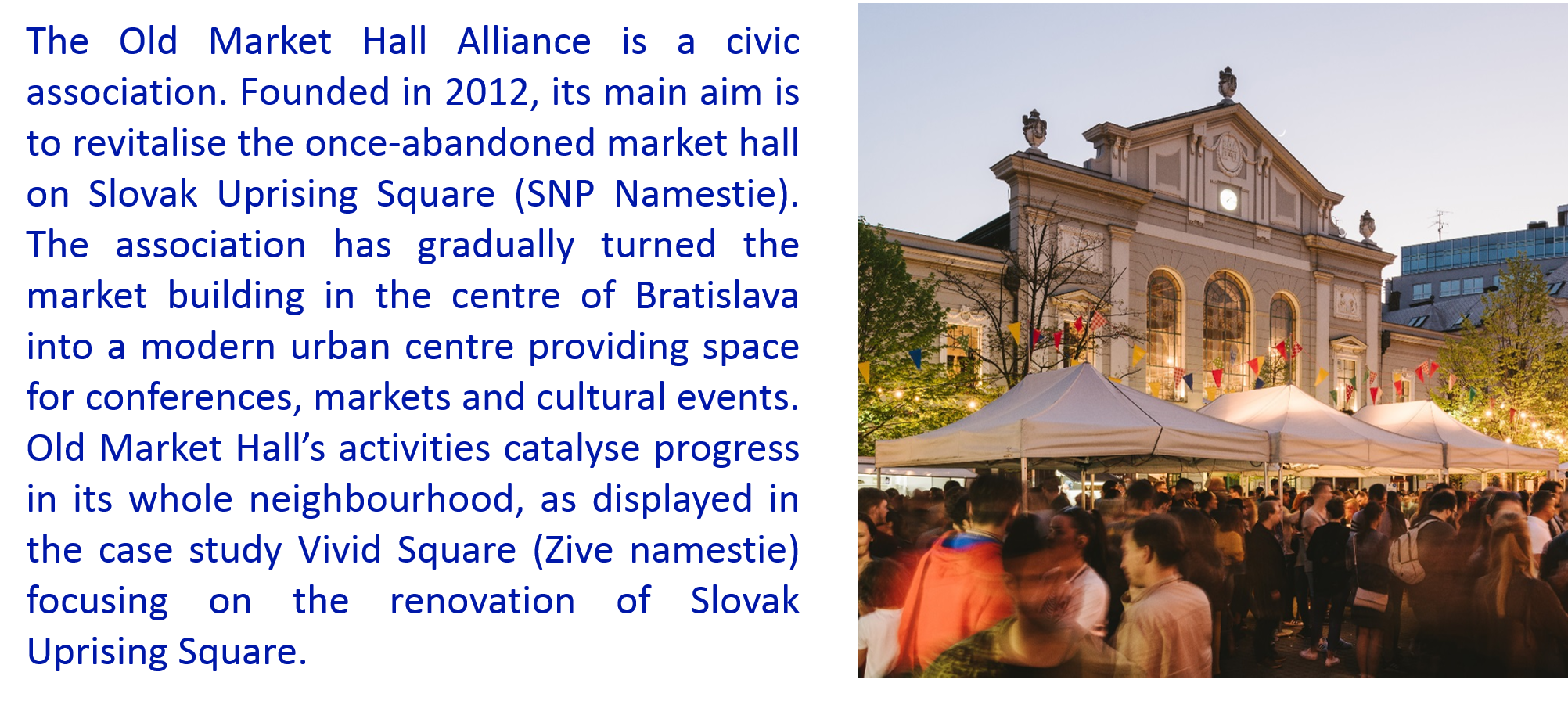
???????????????????????????????????????????????????????????????????????????????????????????????????????????????????????????????????????????????????????????????????????????????????????????????????????????????????????????????? ?? ?? ?????? ??Nora&Jakub
Does your view of SNP square differ from the Bratislava??city hall in any way?
Since 2012, we have been involved in the transformation of the Old Market Hall. Then, our activities expanded to the surrounding square.??With our Zive namestie/ Vivid Square project we bring quick wins. Quick wins are not visions, they deal with issues for the next few years. The square needs a political vision and ??? based on it – a large architectural competition organized by the city hall. Politicians need to sit down, look at the space and define its meaning and functions, based on public participation. We have ideas and criteria collected from experts and stakeholders. But the municipality needs to provide legitimacy to them.
Based on your experience with the Vivid Square case study, what lessons learnt are applicable to other European cities transforming their public space?
Cities need to look at the resources they already have. I encourage cities and municipalities to look at what public spaces they (or another public entity) own. Also, to think of various models for inspiration, such as the Old Market Hall project. And then to offer contracts for 5 or 10 years to encourage local initiatives and community builders who can bring in life by creating vivid and sustainable spaces. For NGO actors, on the other side, it is important to have at least part of their costs covered.
Interview took place on October 25, 2018 in Prague
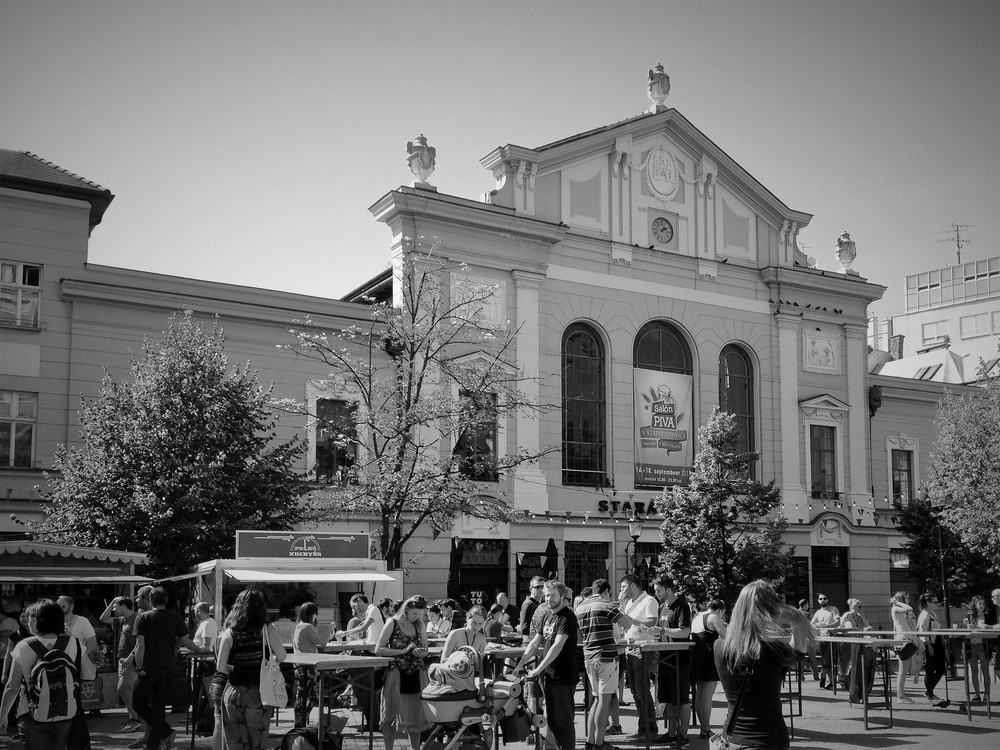
Old Market Hall, SNP square, Bratislava ?? Boris Nemeth

"DOES EVERYTHING ALWAYS HAVE TO BE ASSESSED?" No. But when cultural work is financed with public funds, there is a necessity to evaluate.
Prague Permanent link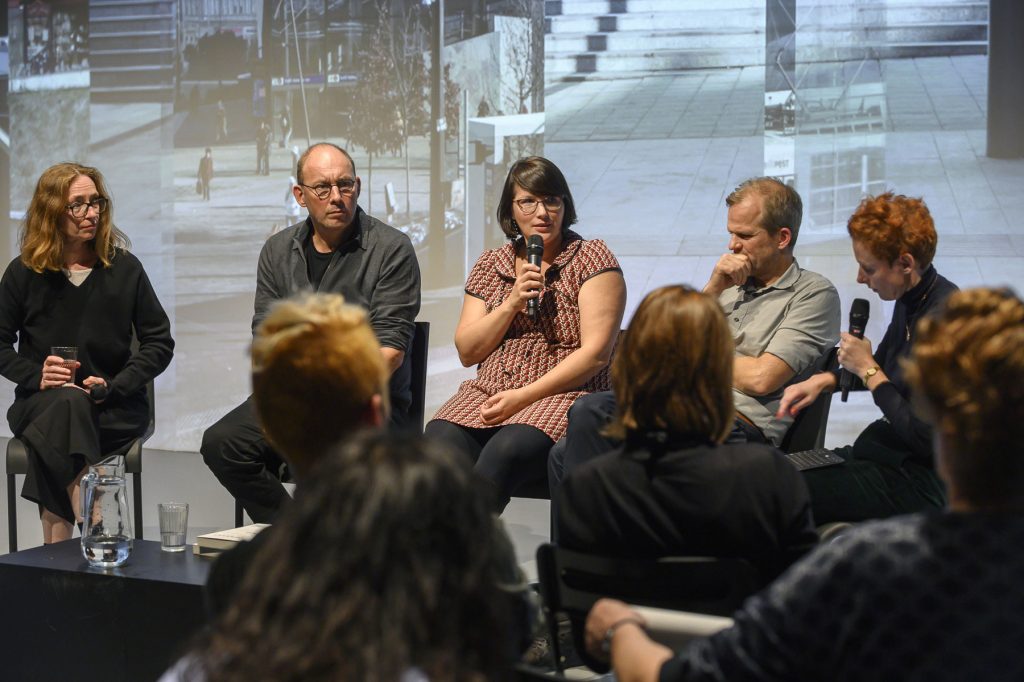
The one-day programme was based on discussion formats with renowned European architecture theorists, curators and urban researchers.
Prague Permanent link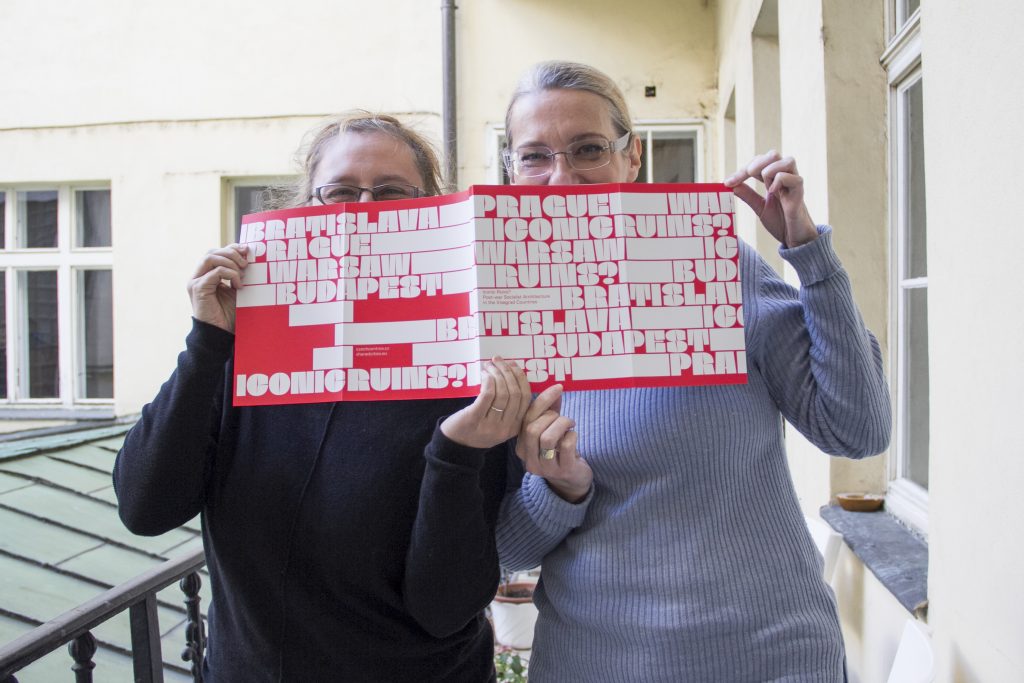
Within Shared Cities: Creative Momentum the Czech Centres realized the "Iconic Ruins?" exhibition and an economic impact evaluation of the project. How does the future of the exhibition look like? What are the benefits of having an economic analysis of the project? Find the answers in the interview with Ivana ??ern?? and Sandra Kar??csony from the Czech Centres / ??esk?? Centra in Prague, Czech Republic.
Prague Permanent link